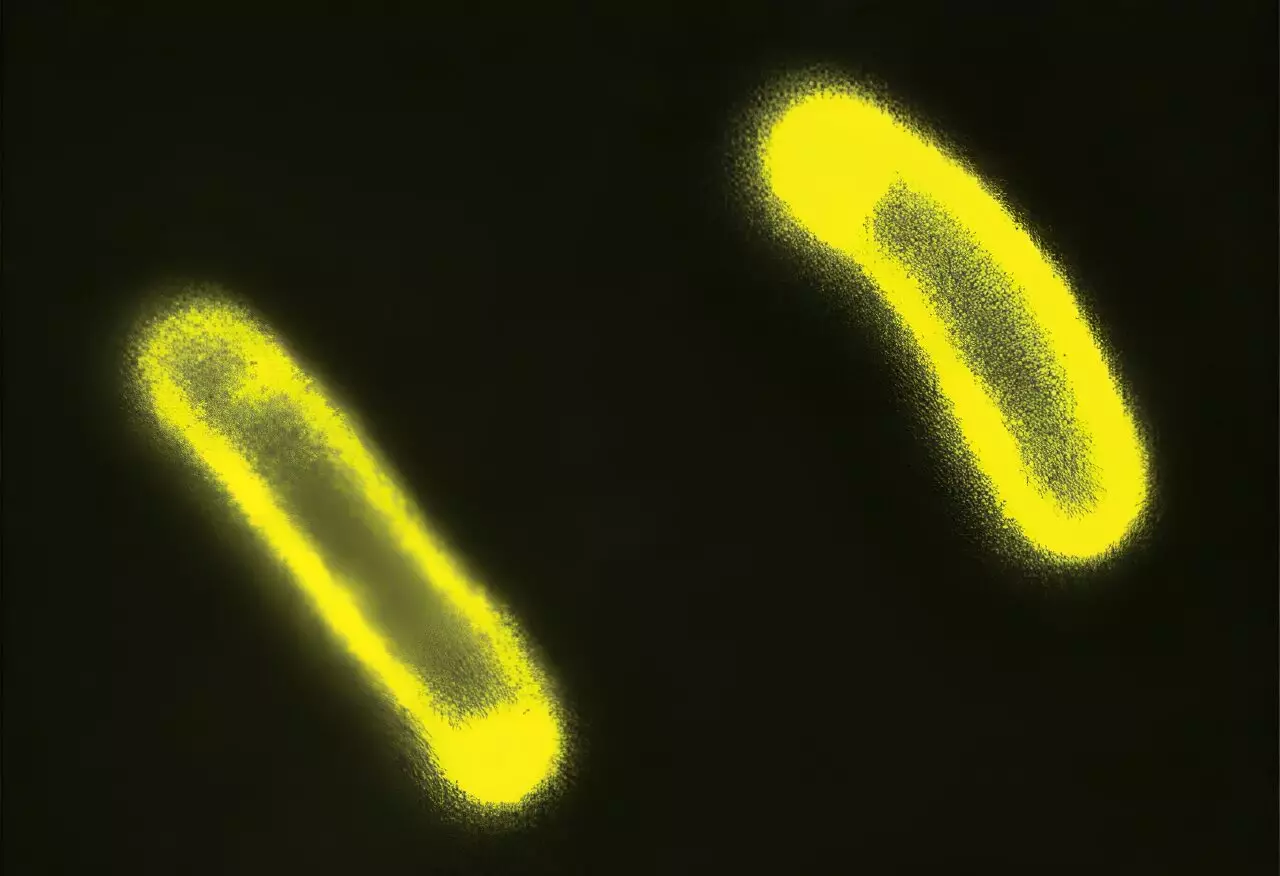Biological research has long examined the multifaceted components that keep life operating smoothly, often honing in on the more visible elements of cellular function such as protein folding and genetic regulation. While these elements are indisputably important, emerging studies suggest there is another layer of cellular dynamics that warrants closer inspection: biological condensates. These intriguing structures, akin to oil droplets in water, challenge traditional views by forming cellular compartments without the need for membranes. This article delves into the newly discovered implications of biological condensates, emphasizing their unexpected role in regulating cellular processes and interactions.
Biological condensates are semi-solid structures that arise from phase separation within cells. They behave like molecular sponges, attracting various proteins, ions, and biomolecules while excluding others. This selective absorption can significantly affect cellular dynamics and metabolism. Prior to recent research breakthroughs, the scientific community primarily focused on the localized impacts of these condensates—primarily how they trap or release proteins and their immediate biochemical consequences. However, a new dimension of understanding has emerged suggesting that these structures may create ripple effects that extend far beyond their immediate physical presence.
Researchers from Duke University and Washington University in St. Louis recently published findings that indicate biological condensates can provoke far-reaching changes in cellular behavior. These blobs of proteins and other biomolecules may alter the electrochemical properties of the cell membrane, thereby influencing cellular systems on a much larger scale than previously thought possible. The researchers’ work highlights the condensates’ ability to modulate internal cellular conditions, which ultimately can impact how cells respond to their broader environment, including responses to antibiotics.
One of the most striking revelations from the recent study is that biological condensates can affect the electrochemical environment within the cell. This effect is critical as the electrical potential of the cellular membrane is a key player in many biological processes, including nutrient uptake and signal transduction. The formation of condensates can cause localized imbalances of charge, which in turn affects global cellular features. What this implies is profound: even small concentrations of these structures can manipulate how cells interact with their environment.
Lingchong You, a leading professor in the field, likened the influence of condensates to having a “wireless connection” between cellular components. The researchers have demonstrated that the electrostatic properties of these condensates can lead to variations in membrane charge, which has practical implications for cellular interactions with various external stimuli, particularly in the realm of antibiotic resistance.
The implications of biological condensates go beyond fundamental cellular biology and venture into urgent medical concerns such as antibiotic resistance. The team’s experiments included creating conditions to compel the formation of condensates in E. coli bacteria. This manipulation was achieved through environmental stressors or genetic alterations that affect the condensate-forming proteins. The resultant effects on the bacteria’s surface charge played a crucial role in determining their survival in the presence of antibiotics.
The researchers’ findings revealed that condensates can lead to an increase in the negative charge on bacterial cell membranes. Since many antibiotics are also charged molecules, this alteration can either enhance or diminish their effectiveness. This could provide a new lens through which researchers can evaluate and develop strategies to combat antibiotic resistance—an pressing global health challenge.
The current findings underscore a multifaceted understanding of how biological condensates function beyond just localized biochemical roles. Researchers posited that this area of study is merely scratching the surface. The potential of these structures to influence global cellular behaviors has vast implications for future research avenues, spanning various biological fields and medical applications.
The discovery that condensates may regulate gene expression and other fundamental cellular operations suggests their function within biological systems is far more intricate than once thought. As researchers continue to unravel the complexities associated with these structures, we can anticipate a future where biological condensates play an essential role in developing new therapeutic strategies and enhancing our understanding of cell biology.
The surge of interest in biological condensates reflects a paradigm shift in cellular biology. As this research domain expands, it promises to yield significant insights with implications for both health and the fundamental understanding of life itself, illustrating the necessity of investigating the less visible aspects of cellular machinery.


Leave a Reply